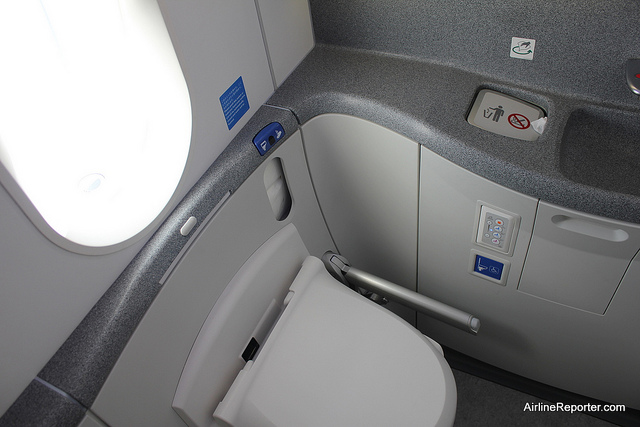
The last thing I wanted to do was break my wife”s arm, but that”s what happened as I tried to get her through the narrow door of the plane”s lavatory. It wasn”t intentional of course, but there is not enough room inside for a helper and a disabled person to be in the lavatory at the same time. So rather than stepping in first and safely pulling her in, I tried to move her in backwards. That turned out to be a big mistake.
We learned the hard way. The lavatory door had the ”wheelchair accessible” symbol. One would have thought it would at least be safe, albeit inconveniently narrow. However, the little on-board wheelchair (a.k.a. aisle chair) wouldn”t fit through the lavatory door. What was to be a relaxing and fun vacation with friends in San Antonio became instead a five-day stay at a Texas hospital for my wife. We have learned that life with a disability means we continually make adjustments. Sometimes the best laid plans can go astray.
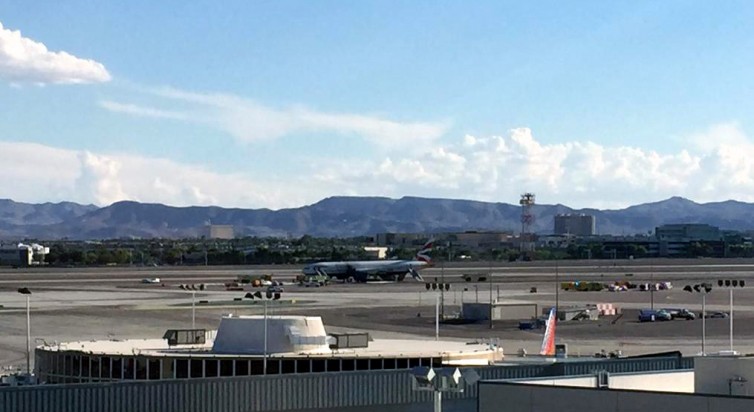
Today, we at AirlineReporter share two different opinions on passenger evacuations of an airliner during an emergency. In recent incidents, we have seen passengers taking their bags and people reacting. This story shares the opinion that it is not that big of a deal to take your bag and is written by an anonymous writer (that has been verified), who is a frequent flier, no stranger to the airline business, and is a writer. Be sure to read the opposite opinion and share your thoughts in the comments.
First off, I agree that probably it is best to leave your bag on a crashed/burning airliner. However, the attention that I have seen given to passengers who end up taking their bags with them during an emergency sickens me.
These people just went through a major incident, where many likely felt that they were going to die. Could you imagine going through something like that and then instead of having people asking you if you are okay, they harass you? I wouldn’t want that either. It now seems to be the popular thing to do. Hogwash!
If some of you will take the time to get off your high horse and read this, maybe you won’t be so quick to judge. I argue that people shouldn’t automatically be ostracized for grabbing their bag in the middle of a potentially deadly evacuation.
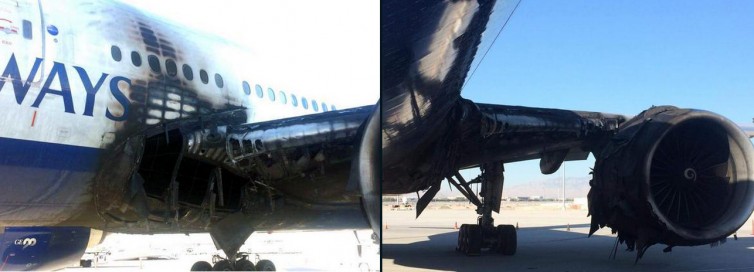
Today, we at AirlineReporter share two different opinions on passenger evacuations of an airliner during an emergency. In recent incidents, we have seen passengers taking their bags and people reacting. This story shares the opinion that passengers should leave their bags and is written by Captain Owen Zupp, who is a published author, journalist, and experienced commercial pilot with over 17,000 hours of varied flight experience. His story was originally published on ThePilotsBlog.com and shared here, with permission. Be sure to read the opposite opinion and share your thoughts in the comments.
The smoke plume from British Airways Flight 2276 was still reaching skywards as people were posting dramatic images across the internet. Both distant shots and photos from passengers were blinking across the globe as fire crews tended to the stricken Boeing 777. It was a day and an event that aviation professionals dread, and yet it is also the very eventuality that endless hours of training have been directed towards.
On the flight deck, a “rejected takeoff” is a maneuver that is part of every recurrent simulator session for pilots. Crews are tested for a range of scenarios, from engine failure and fire, to tire deflation and loss of visibility. Sometimes, the choice to reject the takeoff is obvious; in others, it is more obscure, such as when the failure occurs at low speed with its own directional control issues, or when the problem arises at high speed when the aircraft is beyond its decision speed, or V-1″, and the takeoff must continue.
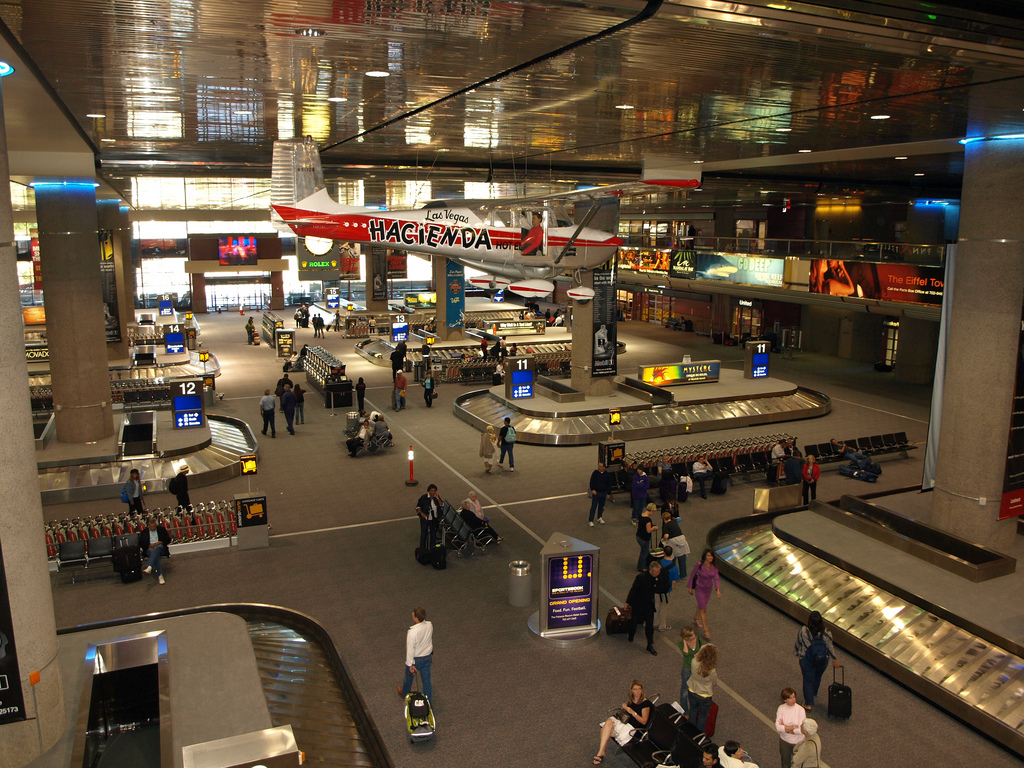
Consider these two scenarios: Scenario One: an elite flyer with a major US air carrier files a claim with his preferred airline to have his elite status bag tag replaced, for it was inadvertently damaged during his last flight. It did remain attached to his checked luggage handle. Basically, it was bent. He is upset […]
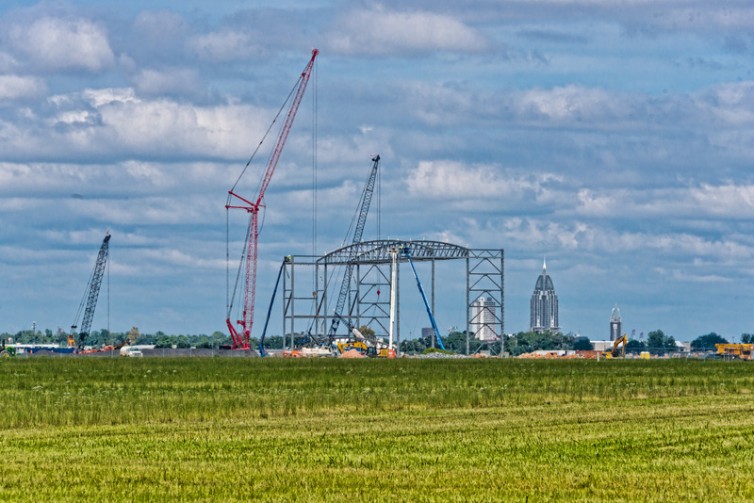
Excerpt from NYCAviation is written by Eric ’œCap’n Aux’ Auxier, who is an airline pilot by day, writer by night, and kid by choice. An A320 captain for a major U.S. airline, he is also a freelance writer, novelist, and blogger (capnaux.com). I recently experienced one of the greatest and most heart-rending honors a modern airline […]




